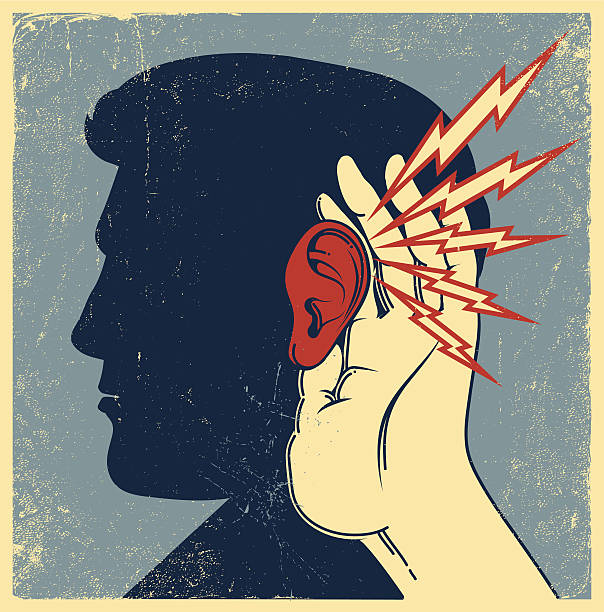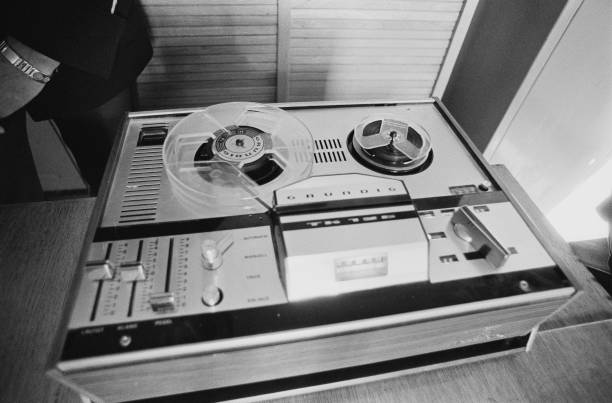Finding the Location of a Sound
Note: This blog post is not talking about sounds one would hear on recording during an EVP session. Though it is crucial to examine those as well, this is tracing the process of hearing a live sound.
It was a Saturday afternoon. My husband and I were on the couch relaxing. While he was in a deep sleep from a long morning, I watched reruns of Criminal Minds on Netflix. Our dog, Stereo, was in his bed located in front of the couch. My husband wasn’t the only one who thought napping was a good choice for a lazy Saturday. Stereo was laid out on his side, his paws twitching as if he was chasing rabbits in his dreams.
I wasn’t really paying attention to what was happening in the episode as I have seen the series several times before. A lot of times when we want to relax, we will put on a television show that we have seen several times before so we can passively watch and listen to it. I was deep into an animated game of Toon Blast on my phone, when all of a sudden…
*squeak squeak*
Locating a Foreign Sound

Stereo popped up out of his sleep and looked over at me. He is very protective of his toy collection; he keeps his ears alert because he knows Daddy (that’s me) likes to grab his toys to playfully taunt him, but I had not touched any of his toys. Quickly, I paused the episode of Criminal Minds just as Jason Gideon was about to make an arrest.
I looked over at my dog to see if maybe he might have moved onto one of his toys while he adjusted in his sleep, but I do not remember seeing him move, and there were not any toys around him.
Instinctively, I turned to the side of the couch where Stereo’s toys are located to check to see if something had made the sound there. We’ve completely spoiled our dog with toys, so he has a treasure trove that makes all sorts of squeaking and crinkling noises. Maybe something had moved or fallen out? No, nothing seemed to have moved. However, I wasn’t convinced that the sound came from that area. Our ears and brain work well together to judge distance and location, and I was certain that the sound came from the room I was in and somewhere in front of me.
Inspecting Sounds During an Investigation

As a paranormal investigator, we train ourselves to examine all aspects of a sound. The goal is to explain its origin, examining every possibility in hopes to eliminate all possibilities, for it is only then can we consider something paranormal. When investigating a location, detecting a sound’s origin is critical. When we hear something, we have to avoid the instinct to think it is something paranormal. That is a pitfall that I have seen other investigators fall into, and I admit that as a novice investigator, I would fall in myself.
Here are some things to consider when locating the origin of a sound:
- Sit still and silent and listen to see if it happens again.
- Determine whether the origin is close by or far away. This may affect your next steps.
- Also, determine if the sound was inside the location or outside of the location.
- Are there other investigators elsewhere in the location? Radio in and see if they heard the noise, or if they were the source of the noise.
- If you are running an EVP session, tag it for review later.
Read Part 2 Now!
In the next post, I will discuss how to determine the source of the sound and will give you some tips on how to determine what your unidentifiable sound could be.
Make sure to visit the Association of Paranormal Study for more paranormal content! You can also follow the author of the post, Ted Willis, on Instagram (@tedtriestobake).


Find a sound? Usually something falls over when no one is around it. We’ve been moving in and boxes everywhere. In sorting things are piled up and possibly some precariously. So when something falls over and neither I nor the dogs are anywhere near, I just shrug and think “oh well”. I don’t think we have spirits but my stepdaughter says “Charlie follows her” and thinks it’s him (not malevolent). I try to be aware and don’t “try” to find paranormal, just take it in stride.
Thank you for your comment! Some people don’t want to find the sound – but just in case they do, I’m sketching out a process to help you debunk the sound.
As one who does extensive work with audio I agree completely with what you are saying. Using proper techniques and equipment it is amazing what can be determined from an audio recording. Not only can you determine direction, but the ambience can audibly be used to “size” the area as well as help minimize the effect pareidolia has on your interpretation.
Thank you for your comment! As a person who suffers from natural hearing loss from a birth defect, I’m very “aware” of sounds, so I have to be very careful in this field. The proper equipment is NECESSARY! I hope you stick around for parts 2 and 3!
[…] In the last post, I covered the process of locating a sound’s origin. Now, let’s talk about finding the cause of a sound. […]
[…] you haven’t yet, be sure to check out part 1 and part 2 of this blog […]